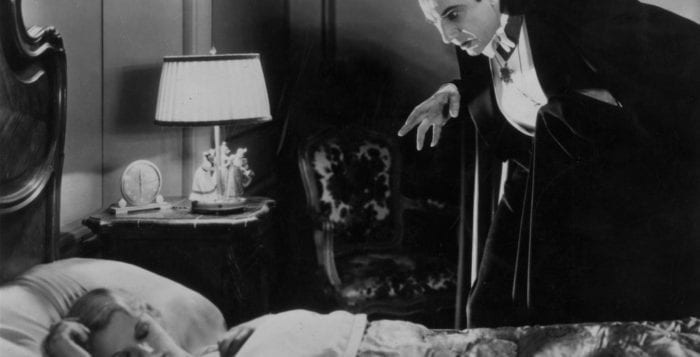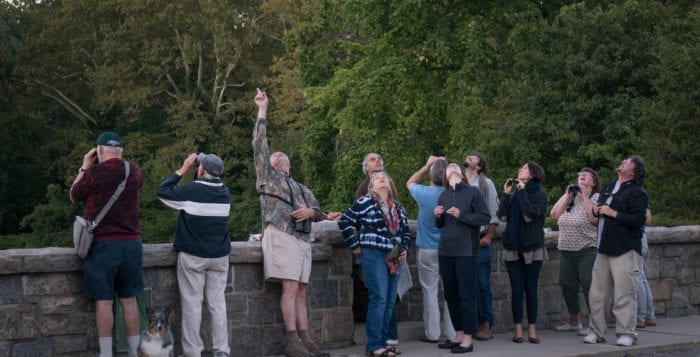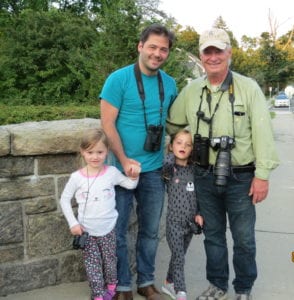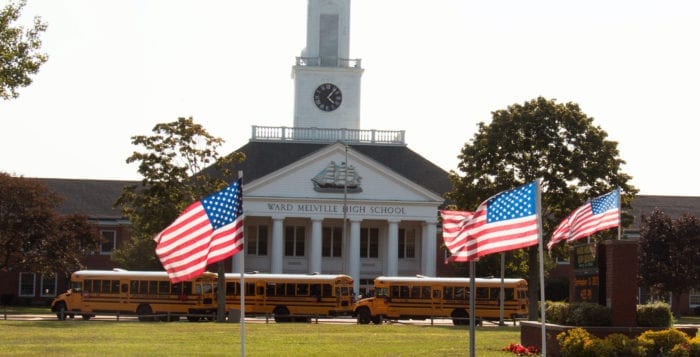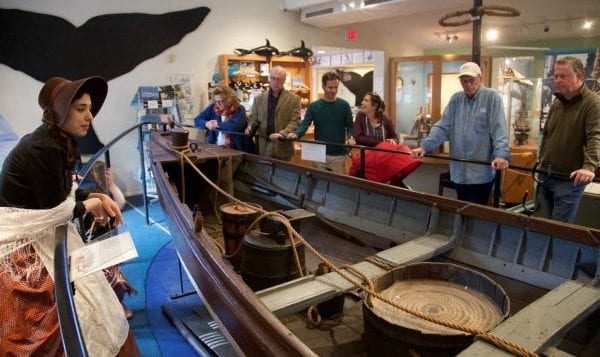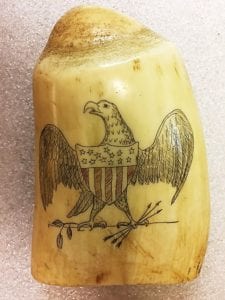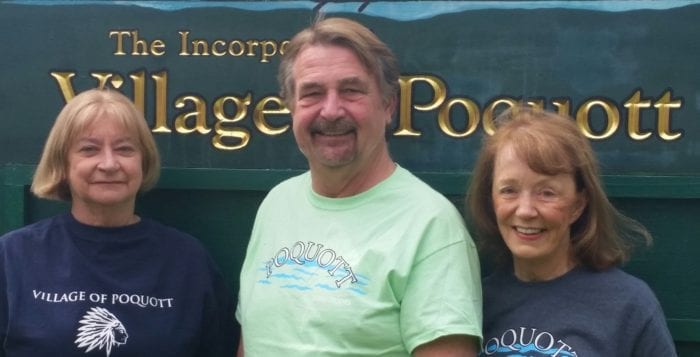By Kevin Redding
 I can’t remember a time when I wasn’t enamored with Halloween and, by default, horror in general. It could be argued that my birthday falling in late October has something to do with an obsession with the macabre, but I can’t help but think it goes way beyond that.
I can’t remember a time when I wasn’t enamored with Halloween and, by default, horror in general. It could be argued that my birthday falling in late October has something to do with an obsession with the macabre, but I can’t help but think it goes way beyond that.
When I was very young, I became infatuated with a couple important things — one, the work of Tim Burton (specifically “Batman” and “Beetlejuice”), so much so that the only guaranteed remedy to silence this curly-haired toddler’s wails was putting one of his movies in the VCR. I’d sniffle my last cry and watch with attentive giddiness at the Gothic sets, whimsical dark humor and cast of weird characters. The other early influence in my life was Charles Addams — the longtime Westhampton Beach resident, renowned cartoonist for The New Yorker and, most importantly, creator of “The Addams Family.”
Around age 4 or 5, one of my uncles gifted me with a large book called “The World of Charles Addams,” a sprawling tome that contained hundreds of pages of the cartoonist’s famously humorous, creepy artwork and comic strips centered around the grotesque, the misfitted, the spooky, and altogether ooky.
For years my eyes were glued to that book, and I have just about memorized each and every one of its black-and-white and full-cover drawings at this point. It was the first time I remember being truly swept up by art and storytelling — his spooky settings, characters and sensibilities captured my imagination like nothing else before — and it inspired me to put pen to paper and create my own characters and stories, tapping into an artistic, creative side that has followed me into my mid-20s.
The Burton films and “The Addams Family” movies I devoured at this time served as great gateways to the more hard-core horror titles I discovered a few years later. One summer, as I was relaxing before the big move to fourth grade, my cousins and I, joined by my aunt and uncle, gathered around the TV in their living room and watched the original “House on Haunted Hill,” that hokey and wonderful Vincent Price classic.
It would be the start of a weekend tradition, dubbed Saturday Scary Movie Night, wherein we watched scary movies from a bygone era, namely the ’30s, ’40s, ’50s and ’60s. Up until this point, I don’t think I was really exposed to old horror (I loved all the classic monsters but really only knew them as toys, lunch boxes and cartoons … I didn’t exactly know where they came from).
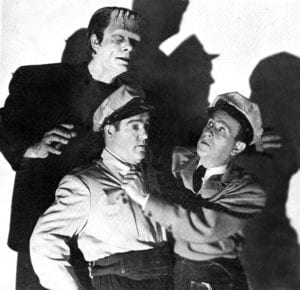
I remember watching “Frankenstein,” “The Wolfman,” “The Invisible Man,” “The Creature from the Black Lagoon,” “Abbott and Costello Meet Frankenstein,” “Nosferatu,” “The Day the Earth Stood Still” and “The Birds.” I loved them all, and they gave me a real appreciation and adoration of old movies and the art of filmmaking in general. After these viewings, I always seemed to go to sleep unscathed, at least until we watched “Dracula” starring Bela Lugosi, which haunted me and led to my first and only sleepwalking escapade. I was scared by it, but also mesmerized by it. From then on, I was hooked. If a movie was scary or had monsters in it, I had to watch it.
And horror is what really got me interested in reading. Entranced by the freaky covers of “Goosebumps” by R.L. Stine, I consumed any of those books available to me, either from the school or public library. As I got a little bit older, I gravitated toward Stephen King, whose books I ate up — especially “The Dead Zone,” “Firestarter” and “Four Past Midnight” — and served as incredible textbooks on how to craft tension, drama and likeable fictional characters. It would be his memoir/advice manual for budding writers, “On Writing,” that sealed the deal for me for what I wanted to do with my life.
So, naturally, Halloween has always meant so much to me. I mean, as a kid, I already walked around in a vampire’s cape and that was in the middle of April, so to have an entire day/month wherein that fashion choice is socially acceptable and encouraged? Sign me up.
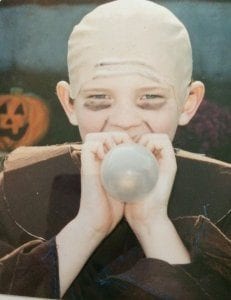
As a kid, I was definitely an oddball and not exactly brimming with confidence. I didn’t have a torturous childhood, but I was certainly on the outskirts of my peers. In the first grade, I had curly hair and I was missing my front teeth, which paved the way for lots of jokes. I was also quiet and painfully shy and never quite knew what to talk about with others, and so, I looked to fictional characters like the Addams family for an escape. I even went as Uncle Fester for Halloween one year, in a really great handmade costume (Thanks mom!), complete with light bulb in mouth. It was a beautiful thing, and I point to horror as being what helped me come out of my shell and feel okay with who I was. For those of us who have ever wanted to hide or escape or be someone else for a day, Halloween is the day that encourages that.
It’s the one day a year when the weird, creative and imaginative parts of ourselves can be unleashed without any hesitation; it’s a celebration of human fear, of community and the art of pretending. And seriously, in this world we’re living in, couldn’t we all use a day of pretending?

